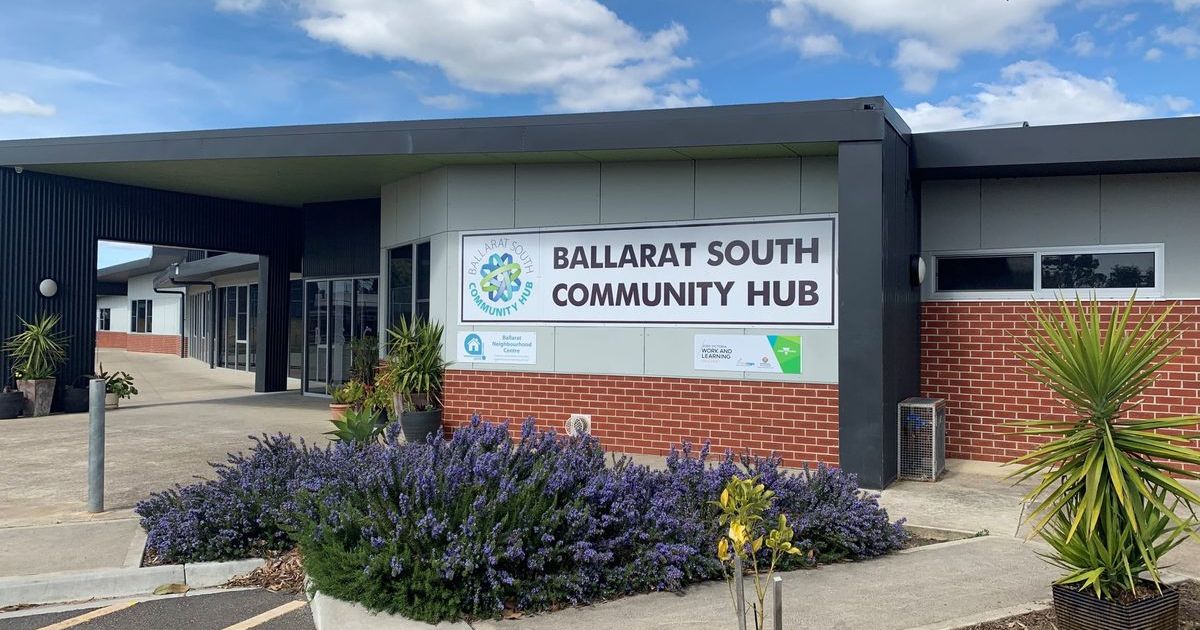Tunnelling troops out from the underground

Dug in: Sapper William Bonar (right) in November 1917 at Nieuport-Bains, Belgium. Mr Bonar was educated as a mining engineer and studied at the School of Mines Ballarat. Photo: AUSTRALIAN WAR MEMORIAL
A NEW book launched last weekend is commemorating the region’s mining engineers, sappers, geologists and officers who were part of tunnelling companies that saw service during World War One.
While the focus is often on the battlefield above, Mining Mud & Medals looks at the subterranean war and the contributions of the men who dug tunnels under the frontlines.
“When you look at photos especially places like Flanders, there wasn’t much left above ground. So how else were you going to attack,” said project manager Yvon Davis. “Tunnelling wasn’t a bad idea.”
The publication is the work of Ms Davis and many academics and researchers, and was born out of her previous experience working for SBS Radio.
“There was an incidence where five Anzacs were found while digging for a gas line near Ypres,” Ms Davis said. “I would then check out who, what and where, ring them up and do an interview.
“When doing stories like that quite often I’d be told about the tunnels and the tunnelers and did I know that a lot of the Anzacs tunnelling came from Australia.
“We were missing a link. We hear about World War One but nobody’s looked at tunnelling and the history from Ballarat with all the mining that we do.”
Mining Mud & Medals takes a detailed look at the aspects of engineering companies and the engineers, sappers and other personnel raised for the units from Ballarat and surrounds.
It features chapters on the role of tunnelers in Gallipoli and on the Western Front as well as other aspects of their pre and post war lives.
“We had Michael Taffe do a couple of chapters, he’s an expert on the Avenues of Honour,” Ms Davis said. “Dr Janice Newton looked at recruitment and what happened when they got home.
“Simon Jacks writes about the start of the war and Clare Gervasoni did a chapter on the schools of mines.”
The service men featured in Mining Mud & Medals all have one thing in common, they were either from the district or studied at a school of mines in Ballarat, Daylesford, Clunes or Creswick.
“These guys knew how to dig a hole and how to support it,” Ms Davis said. “What we forget is in the tunnelling division not everybody was a mining engineer or a geologist. The Ballarat School of Mines also trained people as electricians, as odd as it sounds, they were putting lights inside of the tunnels.
“Then you’ve got the carpenters, they would build the structures to support the tunnels.”
Ultimately three companies were raised from Australia, while others came from New Zealand, Canada and South Africa.
Ms Davis said that once the tunnelers got into the theatre they could get moved about and ended up serving with other nations.
“They often interchanged,” Ms Davis said. “When we did research we found someone would be helping out the Canadians for a while. We had one who worked with the British tunnelers who was from Ballarat and there were two from the area that went to New Zealand.
“They have a national tunnelers memorial in New Zealand and I went there and asked, ‘Any Aussies?’ and they said, “Yeah, we’ve got a few.” Then you start looking through the list and we found one from Allendale.”
Possibly the most well-known telling of the tunnelling troops was in the film Beneath Hill 60, and Ms Davis said Ballarat had a connection to that battle.
“A couple of our guys were not mentioned in the movie put were part of that group,” she said. “They worked with Captain Oliver Woodward and a couple got killed at Hill 60 by accident.”
Mining Mud & Medals is available now in bookshops across the district.


















